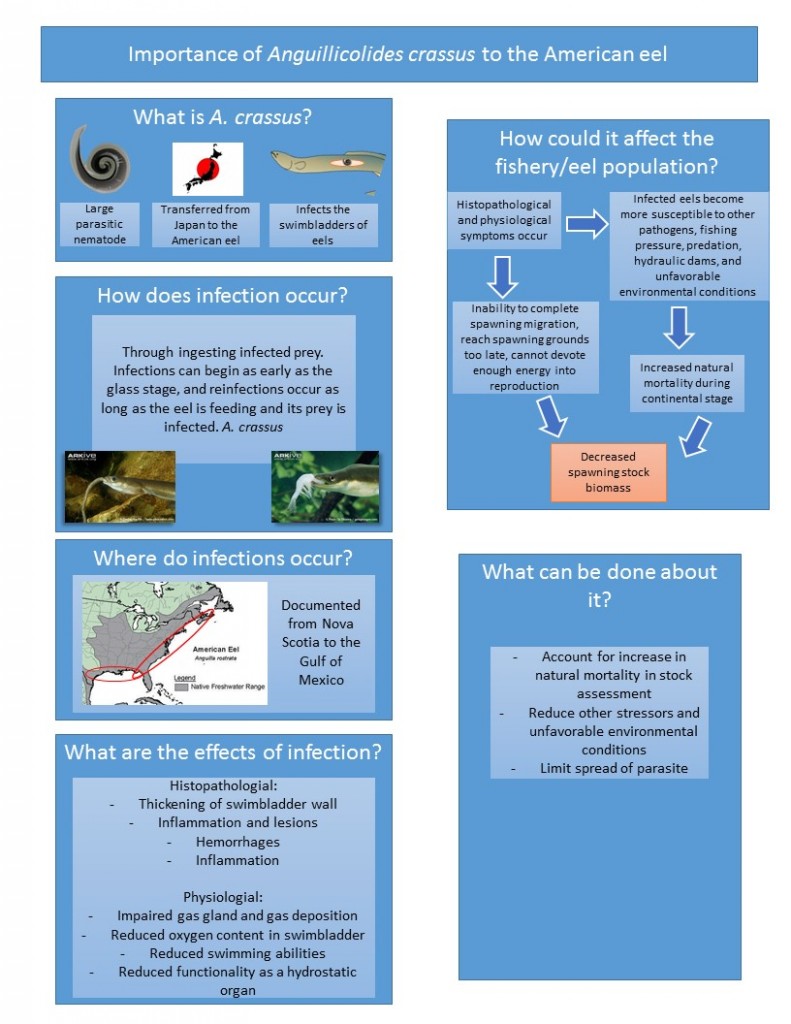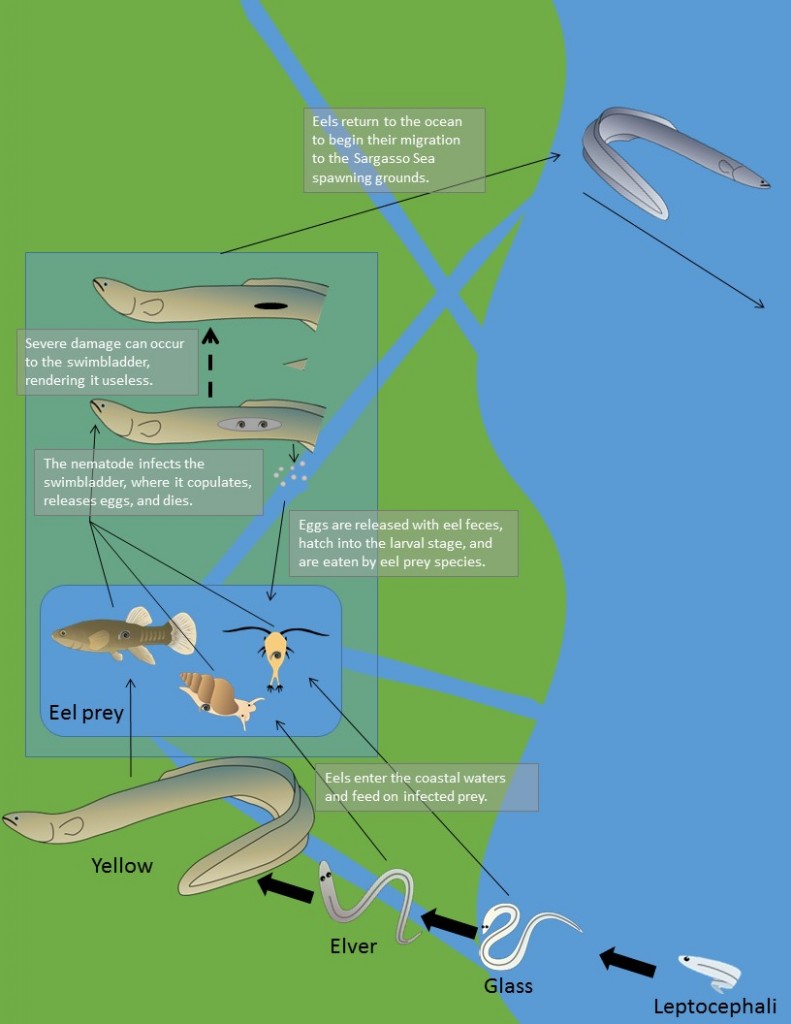The following is a storyboard/outline for my animation. I initially planned to target an “interested” audience (e.g. the oyster industry and policymakers). However, as I was writing the storyboard, I started to realize what an entertaining format this is, and a more targeted message might seem awkward. As a result, I decided to keep the message as simple as possible, for as general an audience as possible.
I tried to write the story as a narrative, with oysters being potential “pollution fighters,” and the story revealing how effective they actually are. While I don’t get into specific numbers, I’ll show qualitative amounts via a bar graph, and reduced algae in the animation. One of my most important findings of my research is that reactive nitrogen (N) return to the water column is a significant process that can potentially counteract N extraction. While I could have used this as the moral of my story, I found it difficult to have this potentially disappointing finding be the climax of the story. So I focused on the good news (total extraction) as the main result, and include the reactive N as a link to “more research needed.”
| MAIN POINTS | AUDIO | MEDIA |
| Opening credits | · “Oysters – Nature’s pollution fighters?” | |
| Background | Nutrient pollution in coastal waters is a serious issue that causes all kinds of environmental problems. When nutrients, for example N from fertilizer runoff, enter waterways, they cause algae to grow out of control, which can smother coastal grasses and kill fish. | · N flows into water
· Algae grows, water becomes dark, fish die |
| Problem | We know that bivalves like oysters filter a lot of algae out of the water, but what about N? Can oysters be used to remove N, and help clean up nutrient pollution in coastal waters? | · Oysters filtering, and water getting cleaner |
| Explain mechanism | When oysters eat algae, some of the N in that algae is assimilated into the oyster’s tissues. When farmed oysters are harvested, this assimilated N is pulled out of the water (1). This removal of N by harvest is good for water quality!
However, most of the N that oysters eat is not assimilated. It’s actually spit out and ends up on the sediment. What happens to this N? The fate of this N is also important to water quality. The deposited N can stay put, and be buried (2), which also removes N from the water. Alternatively, it can be transformed by microbes to other forms of N that return to the water column. One such process, called denitrification, produces N gas, a form of N that most algae can’t use. This gas will eventually diffuse out of the water, removing N, and helping water quality (3). |
· Oysters suck in algae-N and grow. Point to the oyster for assimilation (Arrow 1: “Harvest”).
· Oyster spits out brown-N to sediment · Point to burial (Arrow 2: “Burial”)
· Blue-N bubbles rise from sediment · Point to denitrification (Arrow 3: “Denitrification”)
|
| Explain results | So how much N can these processes actually remove? We measured these at an oyster farm in VA, and found that harvest removed the most N, and that burial may also be significant. Denitrification, however, was limited and only removed a very small amount of N.
Even though denitrification was limited, harvest and burial alone could remove much of the N entering the water around the farm. So oysters can be effective pollution cleaners. That’s great news for water quality! |
· Show bar graph, with oysters, brown-N, and blue-N piling up (to represent each pathway).
· Maybe show arrows pointing to each pile again?
· Maybe show algae flowing into bar graph (left to right), and less algae flowing out the right side.
|
| Link to future research | However, oysters aren’t perfect. Other microbial processes in the sediment under oysters produce forms of N that algae like to use. These forms, which we call reactive N, can be used by algae over and over again, potentially counteracting the benefits of the removed N.
At our farm, this return of reactive N to the water was big…really big…even larger than harvest. Does this reactive N ultimately counteract the benefits of the N removal? We’re still not sure. That likely depends on location, and we need to research this more in future studies. |
· Red-N bubbles rise from sediment and build up on bar graph
· Point to reactive N (Arrow 4: “Reactive N (Nutrient pollution)”) · Algae re-appear with red-N
· Bar graph washes away
|
| Conclusion | (still deciding whether or not I need one, or just end with the text above.) | |
| Acknowledgements | Created by: Abby Lunstrum
Music by: (probably my friend) Funded by: VASG |
· Blank screen with text.
|




